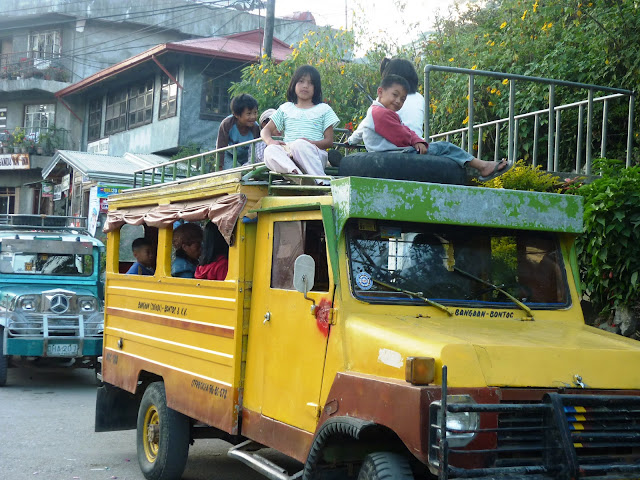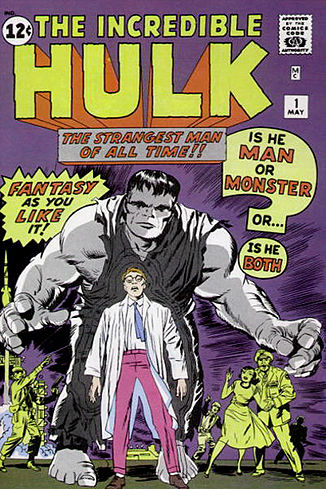World No Tobacco Day
31 May 2013
Every year, on 31 May, WHO and partners everywhere mark World No Tobacco Day, highlighting the health risks associated with tobacco use and advocating for effective policies to reduce tobacco consumption. Tobacco use is the single most preventable cause of death globally and is currently responsible for killing one in 10 adults worldwide.The theme for World No Tobacco Day 2013 is: ban tobacco advertising, promotion and sponsorship.
A comprehensive ban of all tobacco advertising, promotion and sponsorship is required under the WHO Framework Convention for Tobacco Control (WHO FCTC) for all Parties to this treaty within five years of the entry into force of the Convention for that Party. Evidence shows that comprehensive advertising bans lead to reductions in the numbers of people starting and continuing smoking. Statistics show that banning tobacco advertising and sponsorship is one of the most cost-effective ways to reduce tobacco demand and thus a tobacco control “best buy”.
Most countries lack comprehensive bans
Despite the effectiveness of comprehensive bans, only 6% of the world’s population was fully protected from exposure to the tobacco industry advertising, promotion and sponsorship tactics in 2010 (WHO report on the global tobacco epidemic, 2011).To help reduce tobacco use, comprehensive advertising, promotion and sponsorship bans work to counteract:
- the deceptive and misleading nature of tobacco marketing campaigns;
- the unavoidable exposure of youth to tobacco marketing;
- the failure of the tobacco industry to effectively self-regulate; and
- the ineffectiveness of partial bans.
Goals
The global tobacco epidemic kills nearly 6 million people each year, of which more than 600 000 are non-smokers dying from breathing second-hand smoke. Unless we act, the epidemic will kill more than 8 million people every year by 2030. More than 80% of these preventable deaths will be among people living in low- and middle-income countries.The ultimate goal of World No Tobacco Day is to contribute to protect present and future generations not only from these devastating health consequences, but also against the social, environmental and economic scourges of tobacco use and exposure to tobacco smoke.
Specific objectives of the 2013 campaign are to:
- spur countries to implement WHO FCTC Article 13 and its Guidelines to comprehensively ban tobacco advertising, promotion and sponsorship such that fewer people start and continue to use tobacco; and
- drive local, national and international efforts to counteract tobacco industry efforts to undermine tobacco control, specifically industry efforts to stall or stop comprehensive bans on tobacco advertising, promotion and sponsorship.
















































.JPG)
